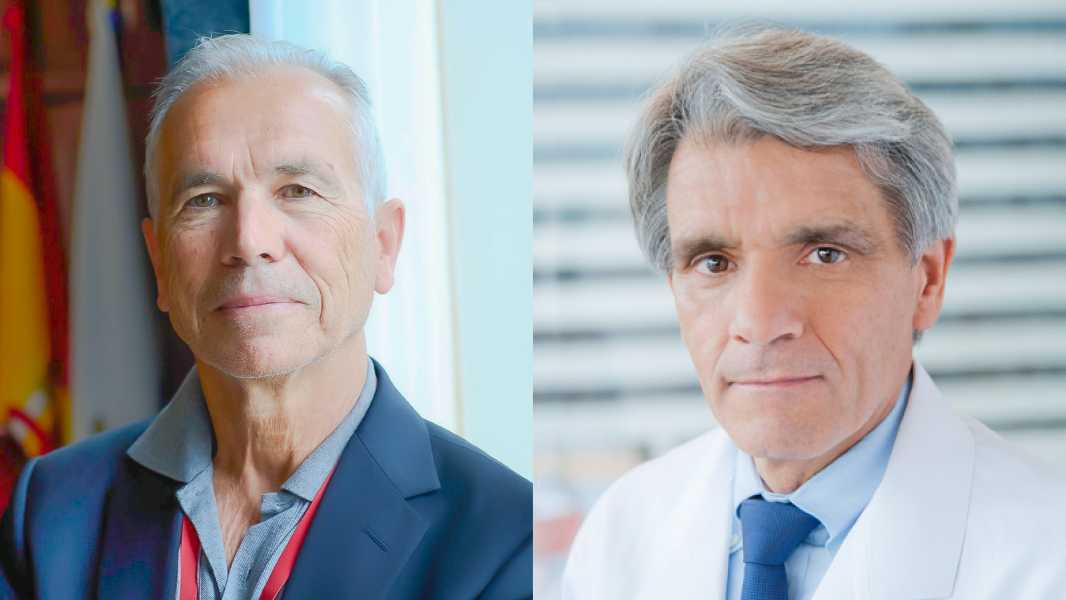
Dr. Alberto Ascherio (left) and Dr. Steven Hauser (right) are co-authors of the 2025 Breakthrough Prize in Life Sciences. (Photo courtesy of Dr. Alberto Ascherio and Dr. Steven Hauser)
Two researchers will receive the Breakthrough Prize in Life Sciences for their work that has revolutionised our understanding of multiple sclerosis.
The prize winners are Dr. Alberto Ascherio of Harvard University and Dr. Steven Hauser of the University of California, San Francisco (UCSF), who will share the $3 million prize. By comparison, the Nobel Prize is 11 million Swedish kronor, or just over $1 million.
“It’s definitely a great honor,” Ascherio told Live Science of the recognition, adding that he looks forward to being part of an “interdisciplinary forum” of previous laureates with diverse scientific backgrounds who will help determine future winners.
This year's Breakthrough Awards will be presented at a ceremony in Los Angeles on April 5.
Rogue Immune Cells Behind Multiple Sclerosis
The Breakthrough Prizes have been awarded annually since 2013 for achievements in fundamental physics, mathematics, and the life sciences. One of the three life sciences prizes recognises research in neurodegenerative diseases, and this year it highlighted paradigmatic research related to multiple sclerosis (MS).
In multiple sclerosis, the immune system attacks the fatty sheath that surrounds nerve fibers in the brain and spinal cord. This fatty substance, called myelin, helps neurons transmit signals efficiently. Damage to myelin disrupts communication between neurons and causes inflammation and scarring in the nervous system.
This results in a variety of symptoms, such as numbness, weakness, pain, dizziness, slurred speech, problems with coordination, and blurred or double vision. Depending on the subtype of MS, symptoms may come and go or gradually worsen over time; in some patients, the disease may progress from a relapsing type to a progressive form.
Hauser, who directs the Weil Institute for Neuroscience at the University of California, San Francisco, helped identify which immune cells cause multiple sclerosis.
Previously, the disease was thought to be caused solely by T cells. These cells primarily protect the body from harmful invaders by destroying infected cells, triggering an inflammatory response, and recruiting other immune defenses to sites of infection. However, in the case of multiple sclerosis, T cells were thought to trigger inflammation against myelin, leading to tissue damage.
Research in the 1970s supported this hypothesis and paved the way for MS therapies that focused exclusively on T cells. However, this theory was incomplete. Although T cells caused inflammation, animal studies showed that they were unable to cause the type of myelin damage seen in people with MS on their own.
Hauser’s work filled in a missing piece of the puzzle: Another type of immune cell, known as B cells, also plays a major role in MS. Despite resistance from the scientific community, he and his colleagues eventually received approval to test a B-cell-targeting drug in MS patients, and it was successful. This landmark research paved the way for MS therapies that target B cells, such as ocrelizumab, which is now used in treatment.
At the very beginning of his research, Hauser wrote in his essay in 201
Sourse: www.livescience.com





